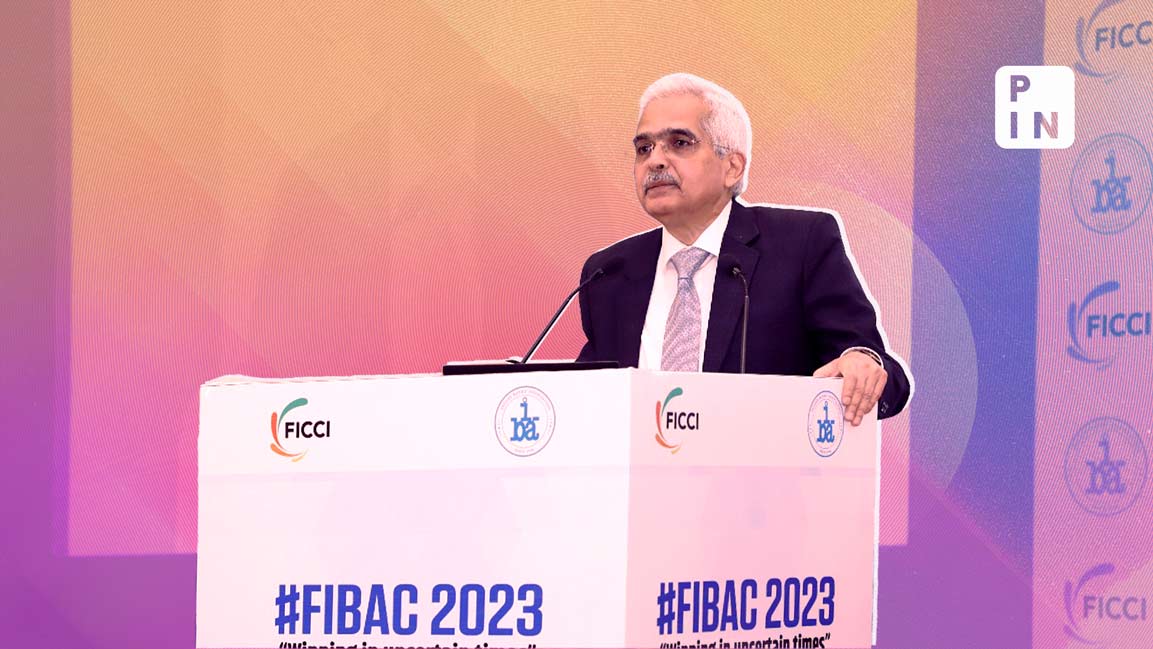- | 3:50 pm
RBI flags looming contagion risks from banks, shadow banks
RBI governor Shaktikanta Das said the increasing interconnectedness between banks and NBFCs merits close attention

Reserve Bank of India governor Shaktikanta Das on Wednesday flagged the contagion risk posed by non-banking financial companies (NBFCs) due to their extensive borrowing relationships with multiple banks.
The increasing interconnectedness between banks and NBFCs merits close attention, Das said while delivering his inaugural address at the FIBAC 2023 conference, organized jointly by the Federation of Indian Chambers of Commerce and Industry (Ficci) and the Indian Banks Association (IBA) in Mumbai.
“NBFCs are large net borrowers of funds from the financial system, with their exposure from banks being the highest. Banks are also one of the key subscribers to the debentures and commercial papers issued by NBFCs,” Das said.
Delivering his speech on the theme, ‘Winning in uncertain times’, Das said, “Banks and NBFCs need to strengthen their risk management practices further and build additional buffers to face the situation if the business cycle turns adverse,” and added that RBI has strengthened its regulation and supervision of banks, NBFCs, and other regulated entities in recent years.
“Banks, NBFCs, and other financial entities must continue to do stress testing of their books,” he said, adding that a strong case exists for companies to stress test their businesses and balance sheets.
Defending RBI’s decision on introducing macro-prudential measures, Das said the central bank introduced these measures in the overall interest of sustainability.
“These measures are pre-emptive. They are calibrated and targeted. Notably, major growth drivers like loans for housing, vehicles, and the MSME (small business) sector have been excluded from these measures,” he said.
Das said the regulator is also monitoring the supervised entities through onsite and off-site tools, stress testing, vulnerability assessments, thematic studies and data dump analysis.
With credit growth accelerating, banks and NBFCs may give greater attention to liabilities side, he said, adding, “In certain cases, we have observed increased reliance on high-cost short-term bulk deposits while the tenure of the loans, both in retail and corporate loans, is elongated.”
While backing digital technologies, Das said these offer a powerful medium to access banking and financial services and have brought down operational costs while helping enhance financial services providers’ reach.
He, however, said that in model-based lending through analytics, banks and NBFCs need to be careful in relying solely on pre-set algorithms as assumptions based on which the models are operated.
“These models should be robust and tested and re-tested periodically. They may require to be calibrated and re-calibrated from time to time based on the changing contours of the financial ecosystem and fresh information,” Das added.










